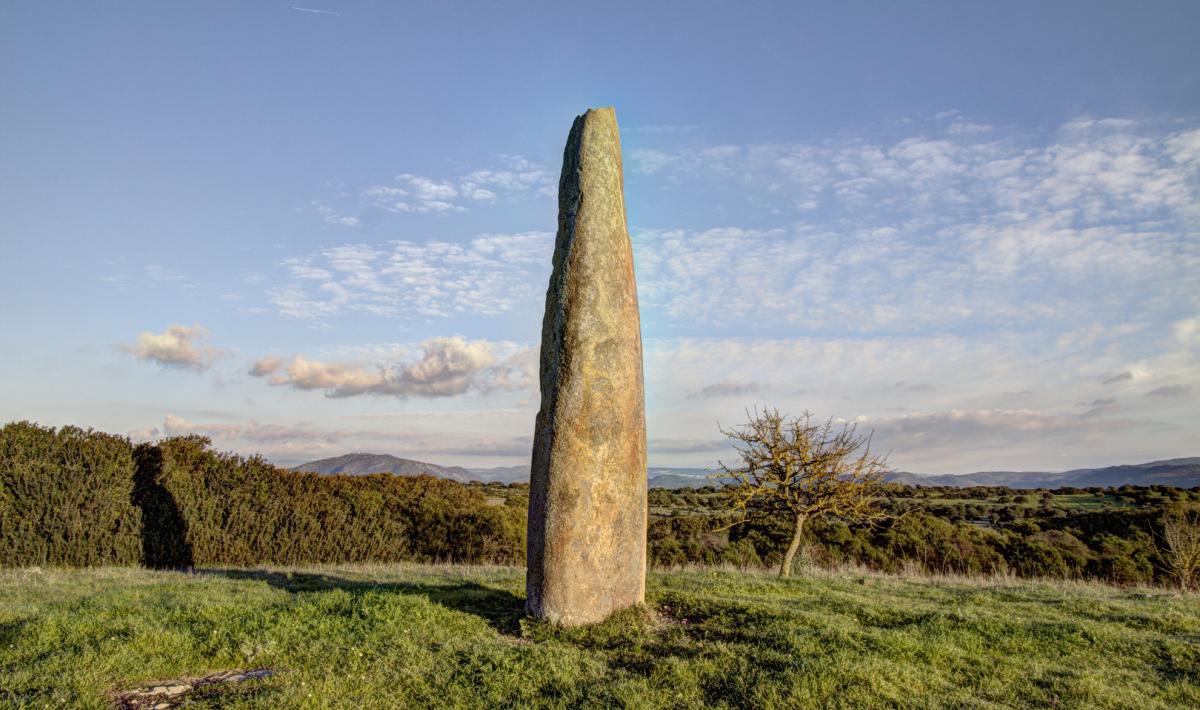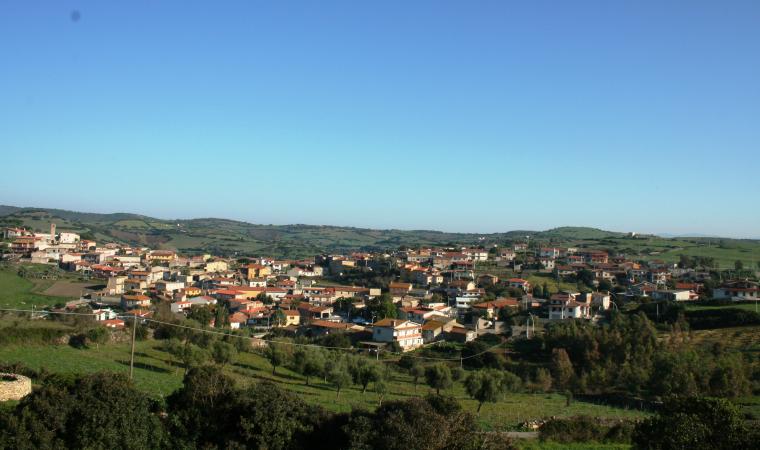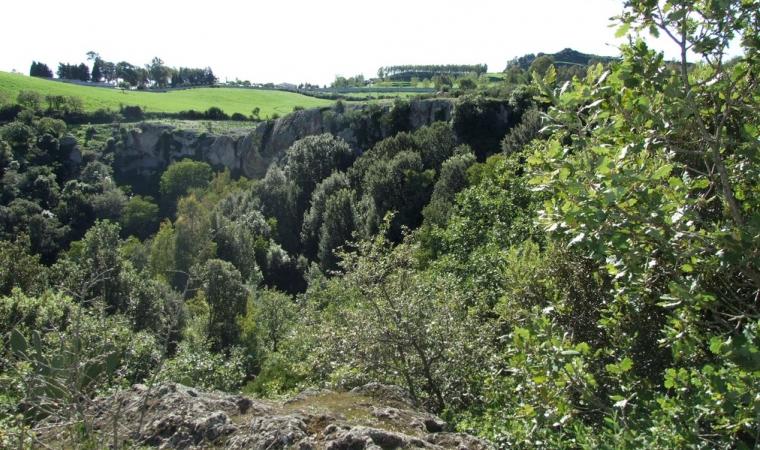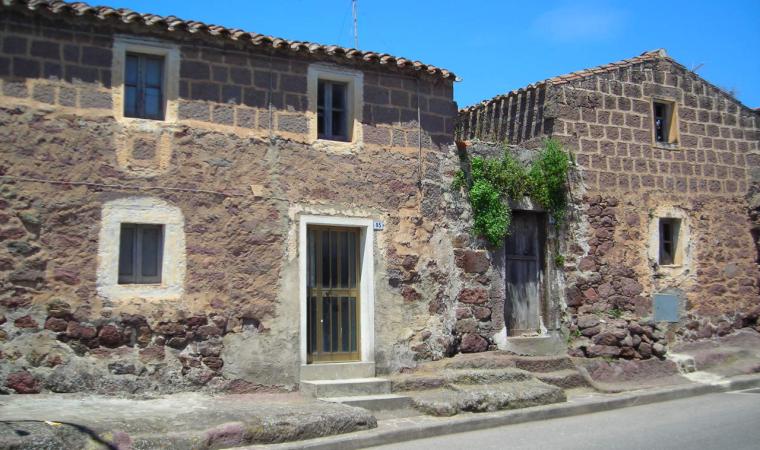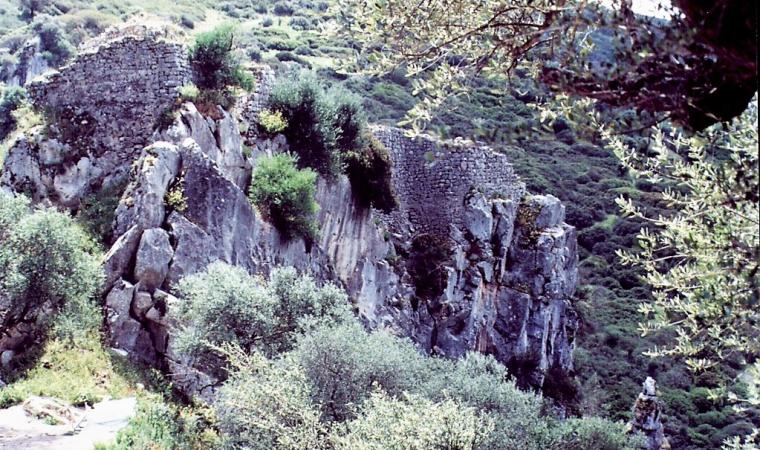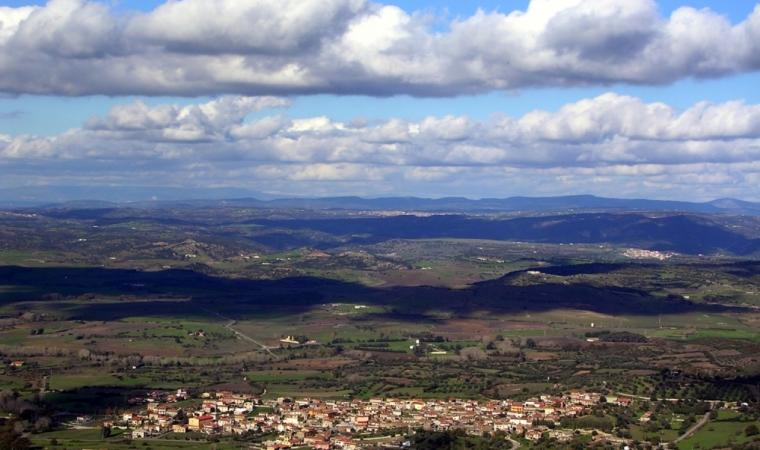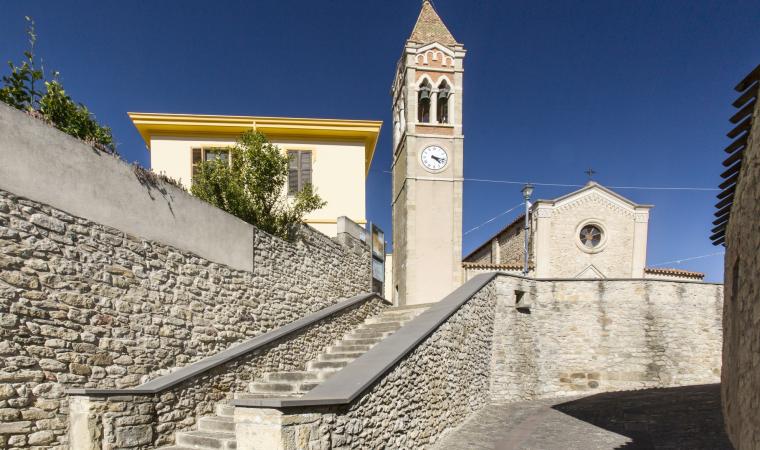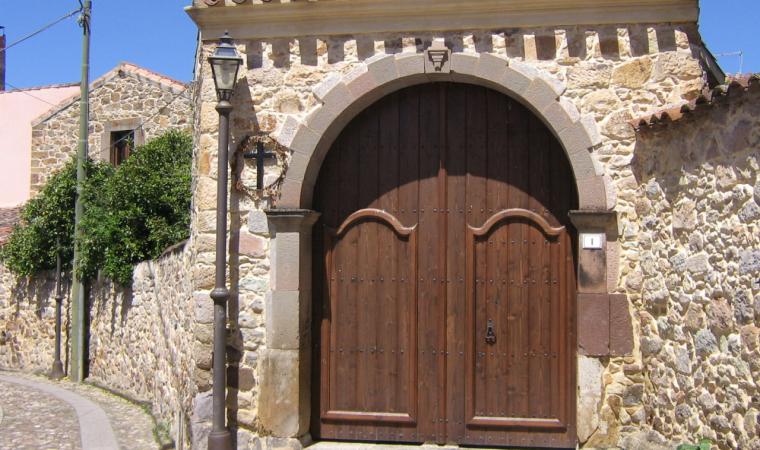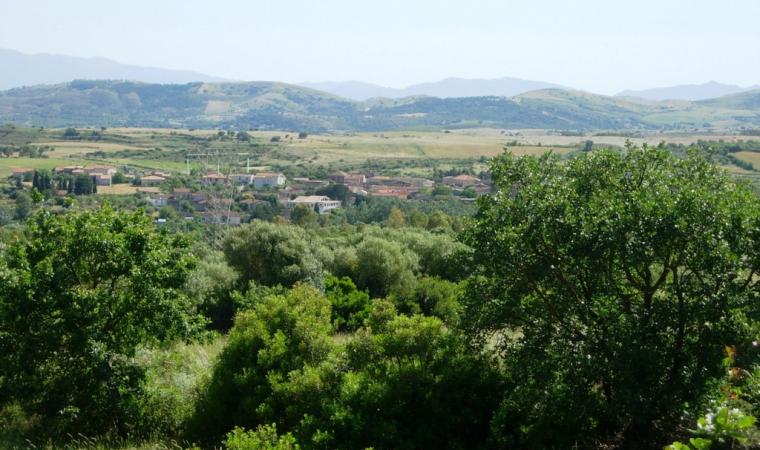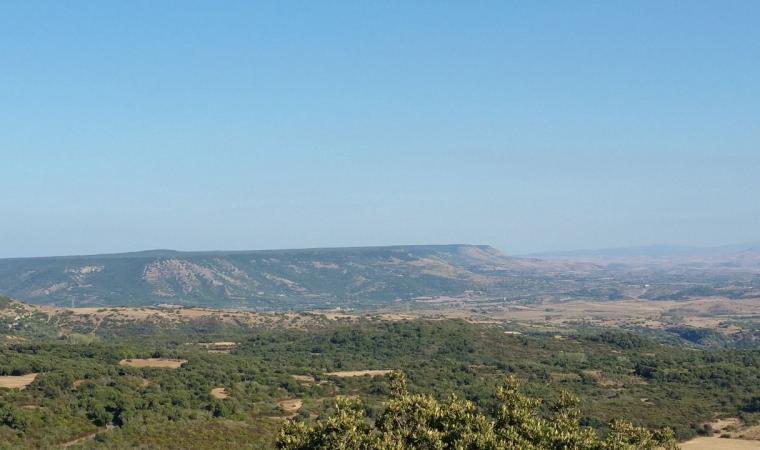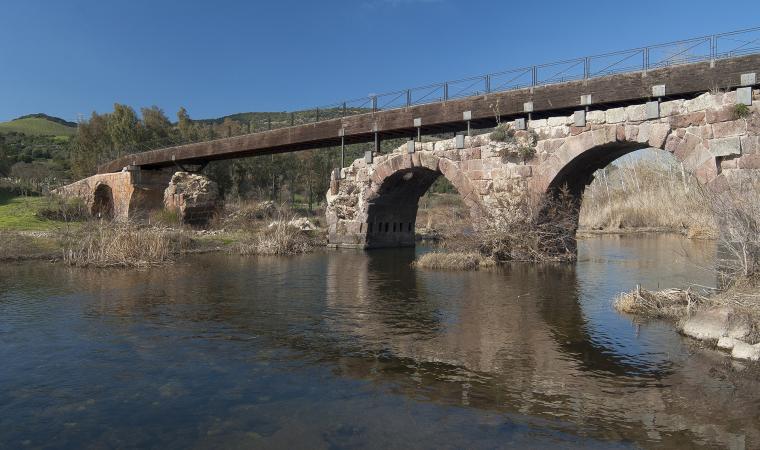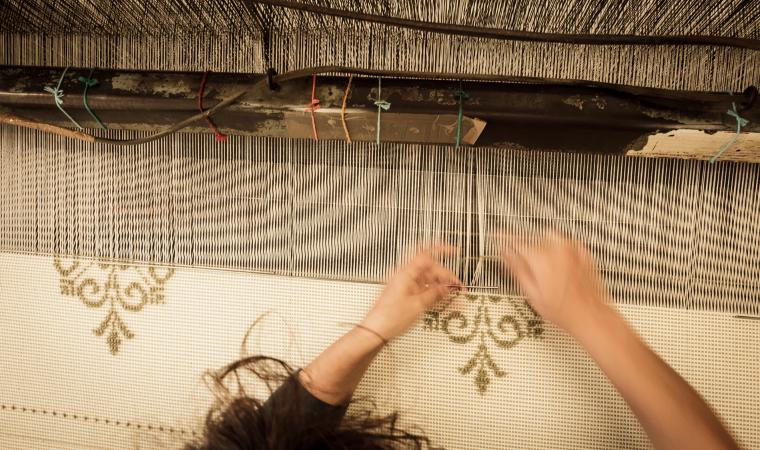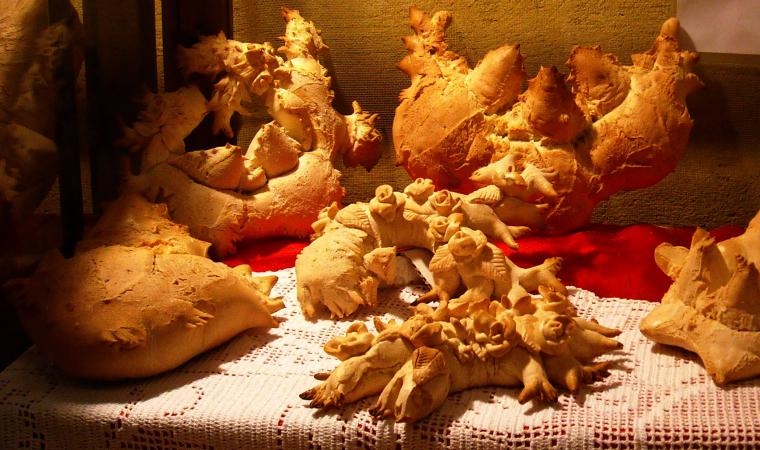It stands on the hills and is delimited to the south by the basalt platform of Assolo, to the east by the river Imbessu, to the north by mount Grighine and to the west by Brabaxiana of Usellus. Villa Sant'Antonio is a village with just 350 inhabitants in the Alta Marmilla region, which occupies an area rich in natural attractions and rare archaeological evidence, like menhirs. The little village emerged in the early 18th century as a novenario (small rural village) around the church of Sant'Antonio abate, built to consecrate the place in which the simulacrum of the saint was discovered. It didn’t take on its current name only 1985. Agricultural and breeding activities are its main economic resources. The hilly territory, rich in springs, is covered by thick Mediterranean scrub and lush holm oaks and cork oaks. Along the Imbessu valley, there are green alders, willows and tamarisks. The territory is rich in evidence of prehistoric, protohistoric and Roman times. The first pre-Nuragic settlements left traces on the long plateau of monte Padrillonis, two kilometres from the village. Dating back to Neolithic times, there are about sixty domus de Janas: in is Forrus, there are the most ancient ‘well’ type and the more recent type with a corridor before the funeral parlour, and the same type in Genna Salixi. Other burials are located in the Maccettu (or Trunch'e Pani) site. In the territory of Villa Sant'Antonio there is an extraordinary concentration of perdas fittasi (embedded stones) or menhirs, megaliths made between 3300 and 2500 BC. They were originally big, roughly-finished boulders singly or in groups, embellishing the burial areas (and also residential settlements and places of worship). They later took on pointed forms with a flat-convex profile. In Villa Sant’Antonio there are a series of examples of these early phases, called 'proto-anthropomorphs', in Carabassa and Cardixeddu. Later on, their shape became more balanced and streamlined (anthropomorphic menhirs) and you can see some examples of these. The menhir of monte Curru Tundu is remarkable: it is almost six metres tall. Other ‘embedded stones' are located in the Tuttiricchiu area. There is no shortage of Nuragic evidence: there are ten examples, of four different types: corridor, monotower, complex nuraghi and one ‘a tancato’ nuraghe. The oldest is the nuraghe Spei, with two floors, dating back to the Late Bronze Age (1800-1500 BC). Slightly later ones include the Crannaiou and Genna sa Pira nuraghi (1500-1200 BC). The Roman age is represented by four settlements, to the north (Pranu Cilixia, sa Sedda ‘e s’aurras) and to the south of the village (Funtan Menta and on the banks of the Imbessu rivulet). The church of San Giorgio was built during the Byzantine period.

